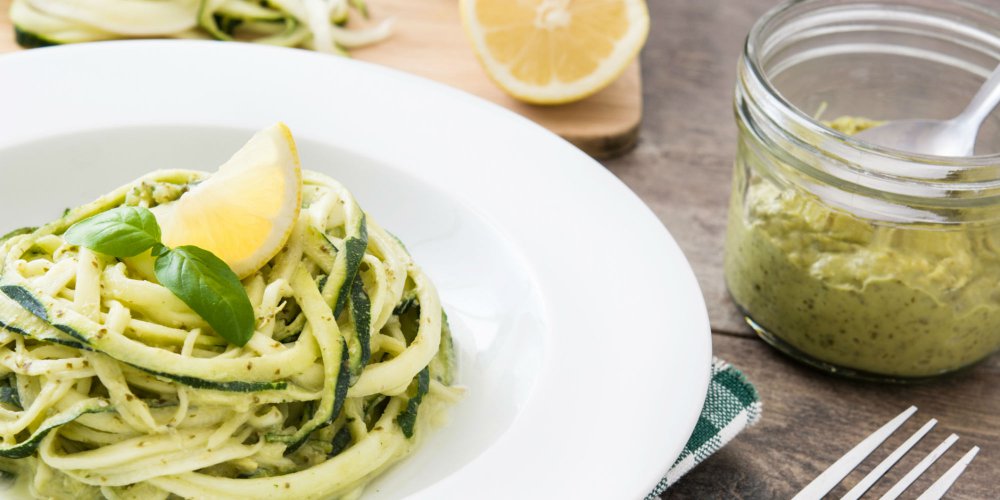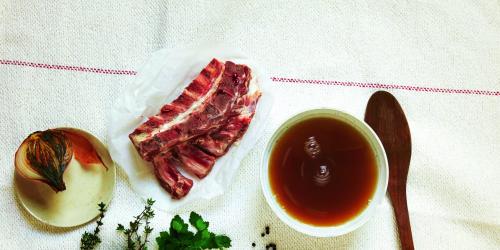When our diet is too acidic, the body bathes in a permanent hyperacidity, at the origin of a work of undermining.
Result: our energy is consumed, we demineralize, it accelerates the aging of cells, we feel rusty, contracted, and fat cells fatten .
"Absorbing too much acid often prevents the excretory organs - the organs of elimination, the liver, kidneys, lungs, skin and intestines - from fulfilling their function as a sewage treatment plant, but it is essential to detoxify sustain our health, "explains Réginald Allouche, diabetologist.
Direct consequences on health
And even if the body resists by activating its neutralization systems, "the absorption of acidifying foods sometimes overflows these systems that protect the tissues.The body then draws in its reserves of minerals, causing tissue and cell disturbances. there arise pain and chronic pain. When, for example, protein intake is too high, neutralizing the acid generated forces the body to dip into its alkaline reserves, including calcium. Over time, this can lead to bone demineralization, "reports nutritionist and naturopath Hervé Grosgogeat *.
To a lesser degree, "at 35 or 40 years of age, we feel joint pains, signs of a synovial fluid that is often too acidic, no panic because, apart from extremely rare cases linked to pathologies, there is always time to 'intervene in nutrition', reassures Dr. Allouche. Especially since neutralizing these flagrant crimes of acidity is within range: giving pride to alkaline (also called basic or basic).
The acid-base principle is based on the balance of our menus between acidic and basic dishes. By finding this harmony, we sweep away fatigue , stress , rebellious pounds and other small evils. No need to weigh or calculate, simply dial our plate of "70% of basic foods for 30% of acids, including 5 to 10% of cereals, to consume in moderation," advises Dr. Grosgogeat.
Acidic or basic food: how to identify them?
Chemistry throne in the kitchen, so there is malice in our menus.
Translation: Acidic and basic products are not what we believe, because it has nothing to do with taste!
In the basic family, we find mainly fruits and vegetables - and therefore lemon, yet acid to taste. At the radius of acidifiers: animal proteins (meat, sausages, fish, cheese), cereals (pasta, bread, rice), cakes and chocolate.
Attention, "we do not remove any food, including acidifying, because we need everything to benefit from each nutrient.It's just a matter of dosage," says Dr. Allouche. And this, especially since a food excellent for health can still, and paradoxically, be acid.
In the role of exemplary paradoxes: oily fish (salmon, tuna, herring, sardine), both packed with omega 3 - beneficial to the functioning of the brain and the protection of the heart and arteries - and rich in protein essential to muscles, are ... acids.
A dilemma that solves the acid-base balance.
"It is" buffered ", that is to say that systematically compensates the acidity of a food by eating at the same time basic foods, which act like a sponge in the body and absorb acidity", decrypt Dr. Allouche.
Specifically, tasting side, it gives: pasta with three vegetables (eggplant, zucchini, tomato) and not parmesan; rice and ratatouille; cheese, arugula and grapes; steak and spinach / fennel; sandwich with ham and carrot / tomato crudités.
Am I too acidic?
Pharmacy strips reveal the pH - degree of acidity - in the urine. Test to be repeated in the day and over a few days.
Our doctor can ask for a blood ionogram to know the levels of potassium, sodium and calcium, and that of creatinine, indicator of the functioning of the kidneys.
My ideal acid-base day
- In the morning, we opt for a lemon squeezed with water , if necessary supplemented with aspartame. "It alkalizes, and its vitamin C is an element of" buffering ", says Dr. Allouche.In this case, we do not link with kiwis, also alkalizing and full of vitamin C. We take rather at lunch or in the morning. 'The reason?' The body replenishes its vitamin and mineral stocks with filling and emptying systems, like an infinity pool. Excess absorbed nutrients are eliminated in the urine because the body consumes in small doses. It is therefore useless to swallow tons of nutrients at once, the body would reject them, "decrypts the diabetologist.
- It is hydrated with a basic water , rich in magnesium, calcium, sodium and potassium. "The more you drink, the less your body stores waste," says Dr. Grosgogeat. Especially in aerated waters - Arvie, Quézac, Badoit. The right dosage? 8 to 10 glasses a day (ie 1.5 to 2 l). If necessary, it is supplemented with alkaline remineralizers (magnesium, potassium, etc.) and antioxidants.
- We balance its contributions in omega 6 and 3: put a flat on omega 6 (sunflower oil, corn, borage or evening primrose), very present in processed products, and we make inflation omega 3 side (rapeseed, flaxseed, nut, soya, lamb's lettuce, wheat germ, oily fish). The ideal ratio: 1 omega 3 for 5 omega 6; whereas today we reach 1 for 12.
- What about proteins in sachets? "They can enter the quota of 30% of acids," confirms Hervé Grosgogeat. Note: some milk proteins, free of their caseinate molecules, lose acidity.
- And glycemic index carbohydrates (Glyx) ultrabas? Prefer those fruits and vegetables or whole grains.
- It is activated: oxygenation promotes the elimination of acids, and the release of our endorphins lowers the level of cortisol - stress hormone - in the blood.
Panorama of acidic and basic foods
Listing of our foods in descending order.
Acids: parmesan, processed cheese, cheddar, egg yolk, gruyere, prawns, mussels, oil sardines, camembert, brown rice, oatmeal, trout, salmon, cod, peanuts, pistachios, walnuts, turkey , chicken, veal, beef, pasta, cornflakes, white bread and flour, milk chocolate, white rice, cakes, lentils, peas, bread and flour, yoghurt, vanilla ice cream, dark chocolate, butter.
Basic: dried fig, raisin, spinach, fennel, arugula, celery, carrot, blackcurrant, banana, zucchini, cauliflower, Brussels sprouts, potatoes, green beans, radish, soy, tomato, eggplant, apricot, kiwi , grapefruit, grape, mango, cherries, orange, strawberries, hazelnuts, apple, pear, peach, carrot and orange juice, tomato and lemon juice, red wine, garlic, jam, brown sugar, honey, coffee, dry white wine, mushrooms, black and green teas.
* Author of "The acid-base method" (Odile Jacob ed.).


